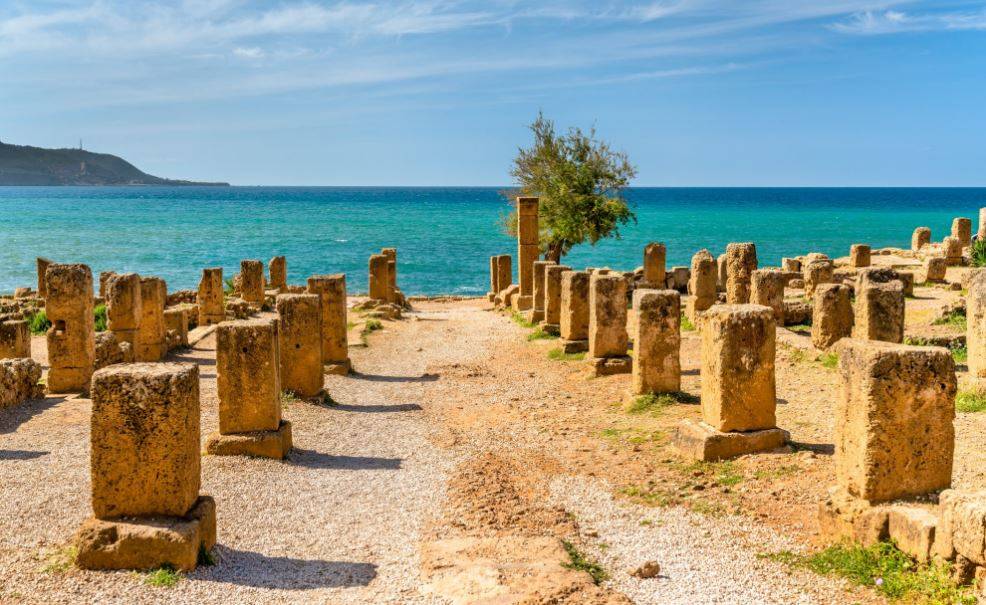
According to a new assessment, some 56 cultural sites in Africa are vulnerable to catastrophic coastal occurrences and erosion. They are at risk of being harmed by these factors, according to the analysis, and the number of vulnerable places might more than triple by 2050.
According to the global team of climate risks and cultural specialists, they include the famed remains of Tipasa in Algeria and the North Sinai ancient sites zone in Egypt.
Findings of Study:
According to a paper published in the journal Nature Climate Change, North Africa has the most exposed sites (23). There are 18 exposed sites in West Africa, seven in Southern Africa, and four each in East Africa and the Small Island Developing States (SIDS).
Morocco and Senegal each have seven sites exposed, while Egypt has four. According to the report, no sites in Central Africa are now exposed.
To estimate susceptibility to coastal flooding and erosion under moderate (RCP 4.5) and high (RCP 8.5) greenhouse gas emission scenarios, the researchers constructed a database of 284 coastal African heritage sites, integrating 213 natural and 71 cultural African heritage sites.
By 2050, at least 151 natural and 40 cultural sites will be impacted by rising sea levels. Cameroon, the Republic of the Congo, Djibouti, Western Sahara, Libya, Mozambique, Mauritania, and Namibia are among the countries whose coastal cultural monuments are expected to be exposed by the end of the century.
"We modelled climate threats for sites that are supported by the World Heritage Centre or the Ramsar Convention, but there are hundreds of sites that aren't," said Joanne Clarke, a climate and heritage researcher at the University of East Anglia and the report's author. He continued, "
“Many [unidentified sites] are extremely vulnerable and vital to local populations. Indigenous sites, which may not have global recognition but are deeply prized by locals, are particularly urgent.”
According to the Intergovernmental Panel on Climate Change, sea levels surrounding Africa have risen at a higher rate than the global average during the last three decades.
These findings underscore the critical need for improved climate change adaptation for African historic sites, including governance and management systems, site-specific vulnerability assessments, exposure monitoring, and protection strategies.
















